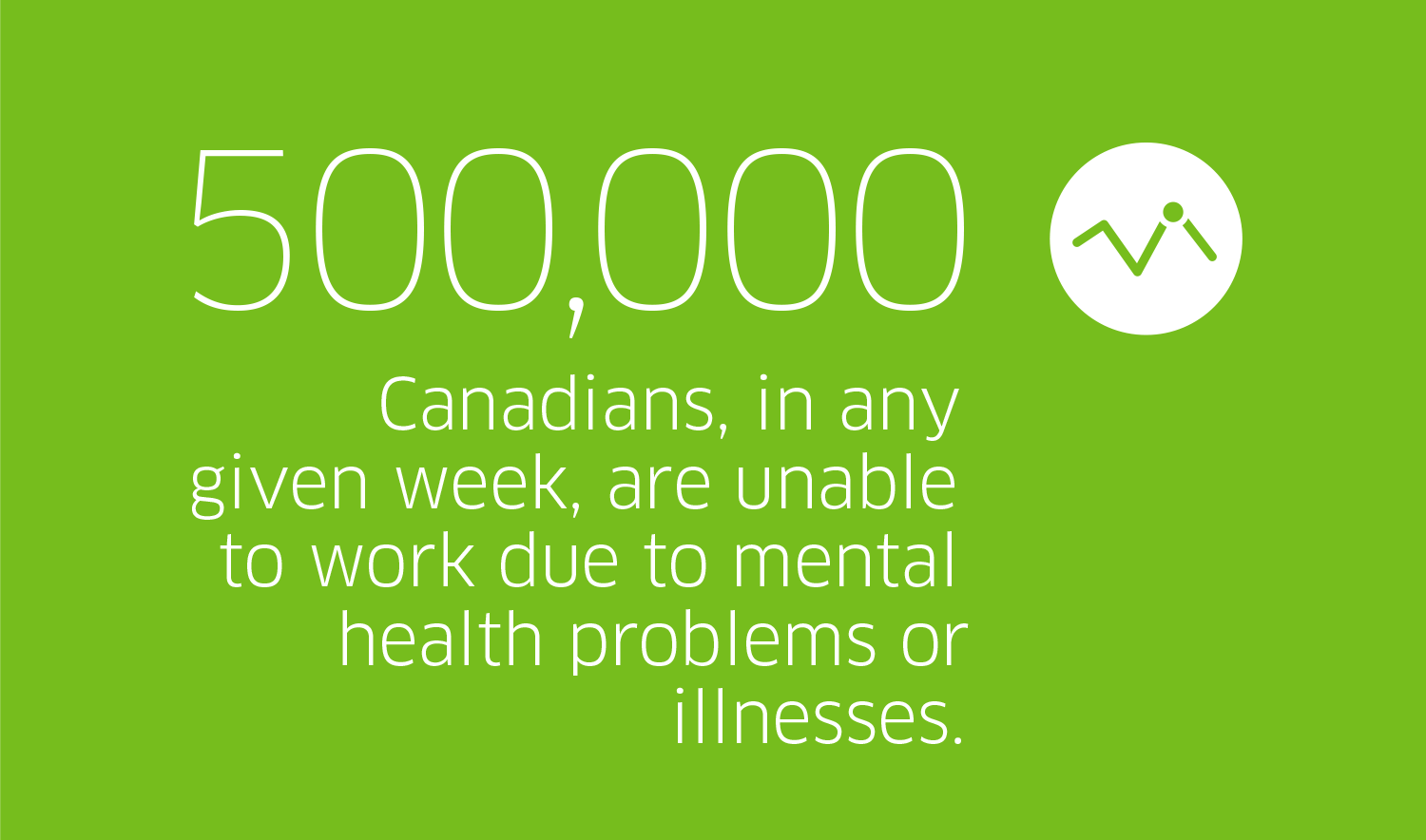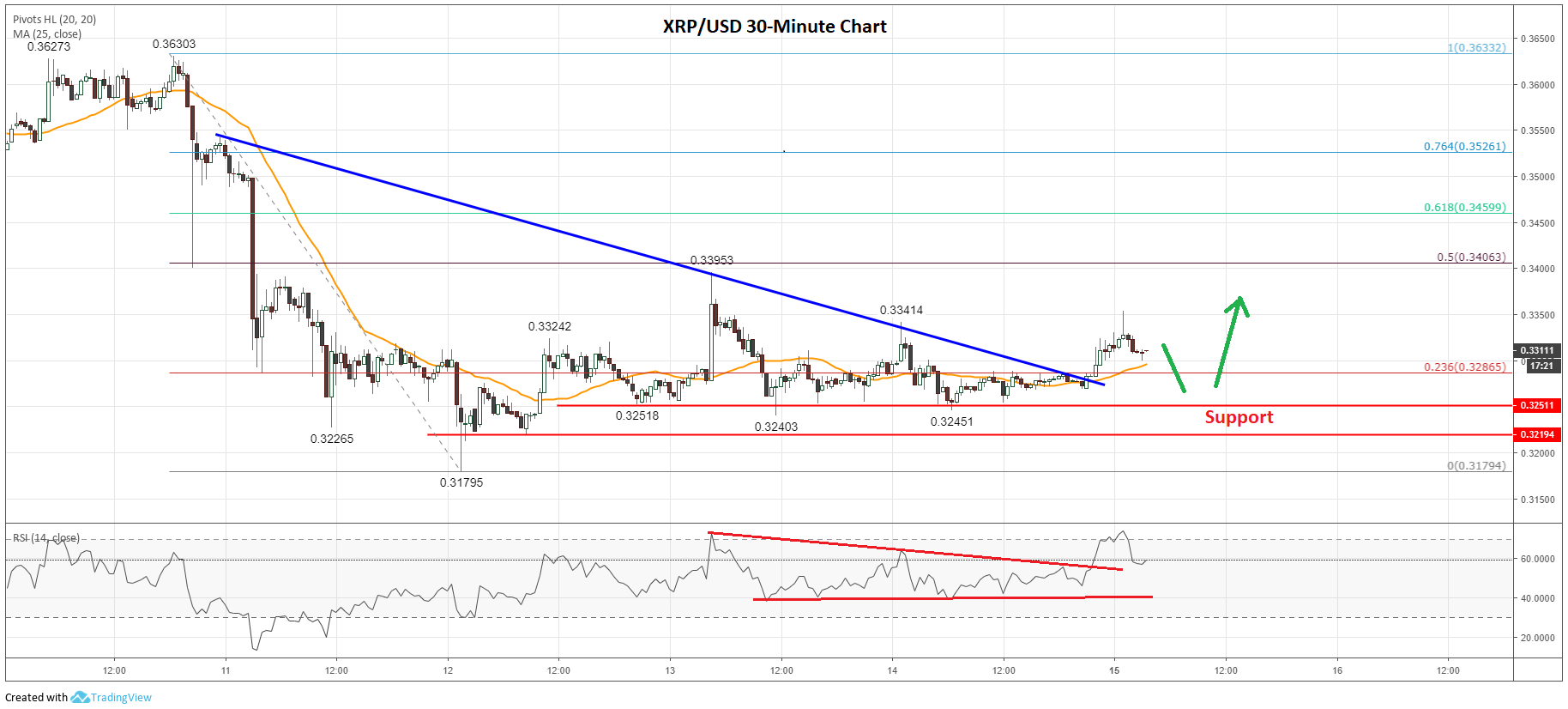Panic In Kashmir: Viral Posts Cause Stir Among Cat Owners

Table of Contents
The Origin and Spread of the Misinformation
Analyzing the Viral Posts
The viral posts, predominantly circulating on Facebook and WhatsApp, made alarming claims about a mysterious illness affecting cats in Kashmir. These posts often featured blurry images or videos, sometimes unrelated to cats entirely, and used emotionally charged language to create a sense of urgency and fear.
- Misleading Claims: Posts claimed a new, highly contagious and deadly disease was affecting cats, leading to mass deaths. Some even suggested a deliberate poisoning campaign.
- Platforms: Facebook and WhatsApp groups dedicated to pets and local community forums were the primary vectors for the spread of these posts.
- Visuals: Images and videos circulating alongside the text were often low-quality, making it difficult to verify their authenticity or context.
The Role of Social Media
Social media algorithms, designed to maximize engagement, inadvertently amplified the misinformation. The fear-mongering content, with its emotionally charged language, resonated with users, leading to rapid sharing and propagation within echo chambers.
- Speed of Dissemination: The speed at which these posts spread was alarming, reaching a large segment of the Kashmir cat-owning community within hours.
- Lack of Fact-Checking: The inherent lack of fact-checking mechanisms on many social media platforms allowed the misinformation to flourish unchecked.
- Echo Chambers: The posts reinforced pre-existing anxieties within online communities, creating echo chambers where false information was amplified and rarely challenged.
Identifying the Source (if possible)
At present, the precise origin of the misinformation remains unclear. Efforts to trace the initial posts have been hampered by the rapid spread and the anonymous nature of many social media accounts. While it's difficult to definitively label it as a deliberate hoax, the lack of credible evidence supporting the claims strongly suggests the posts are based on speculation or outright fabrication.
Impact on Kashmir's Cat Owners
Emotional Distress and Anxiety
The "Panic in Kashmir" surrounding cats has had a significant emotional impact on pet owners. The uncertainty and fear for their pets' well-being have led to widespread anxiety and distress.
- Increased Anxiety Levels: Many cat owners reported increased anxiety, sleepless nights, and significant emotional distress.
- Changes in Pet Behavior: The stress experienced by owners has also affected their cats, with some exhibiting behavioral changes due to their owners' anxieties.
- Veterinary Visits: An influx of calls to veterinary clinics, many driven by unwarranted fear, overwhelmed some facilities.
Practical Consequences
Beyond emotional distress, the panic has resulted in several practical consequences for Kashmir's cat owners and the animal welfare community.
- Increased Calls to Animal Shelters: Animal shelters reported a surge in calls, many from distressed owners seeking advice or help.
- Reports of Abandoned Cats: There have been reports, though difficult to verify independently, of cats being abandoned due to fear.
- Strain on Veterinary Resources: The influx of unnecessary visits to veterinary clinics strained already limited resources.
- Economic Impact: The panic has also placed an economic strain on some pet owners, who incurred costs related to unnecessary veterinary visits or purchasing unnecessary medications.
Community Response
Despite the negative impact of the misinformation, a positive community response has also emerged. Several online groups and initiatives are working to counter the false narrative.
- Community Fact-Checking Initiatives: Local animal welfare groups and concerned citizens have begun fact-checking initiatives and sharing accurate information online.
- Online Support Groups: Online forums and social media groups have provided a space for cat owners to share information, support each other, and combat misinformation.
- Fundraising Efforts: Some fundraising efforts have been initiated to support animal shelters and veterinary clinics struggling to cope with the increased demand.
Combating the Spread of Misinformation
Fact-Checking and Verification
Combating the spread of misinformation requires a commitment to verifying information before sharing it online.
- Reliable Sources: Always refer to credible sources like veterinary organizations, government websites, or reputable news outlets.
- Multiple Sources: Check the information against multiple sources to ensure accuracy and avoid bias.
- Identifying Bias: Be aware of potential bias in information sources and consider different perspectives.
- Reporting Misinformation: Report misleading or harmful posts to social media platforms to help curb their spread.
Responsible Social Media Use
Responsible social media practices are crucial in preventing future panics caused by misinformation.
- Critical Thinking: Cultivate critical thinking skills and question information before accepting it as true.
- Verifying Sources: Take the time to verify the authenticity and reliability of information sources.
- Avoiding Emotional Reactions: Avoid sharing information based purely on emotional reactions; prioritize facts and evidence.
- Promoting Accurate Information: Actively share accurate information and debunk false claims.
The Role of Authorities
Authorities play a critical role in addressing the spread of misinformation and protecting animal welfare.
- Public Statements: Government agencies and animal welfare organizations should issue clear public statements to address the misinformation and alleviate public concerns.
- Collaboration: Authorities should collaborate with animal welfare organizations and social media platforms to curb the spread of false narratives.
- Educational Campaigns: Public education campaigns are necessary to promote media literacy and responsible social media use.
Conclusion
The "Panic in Kashmir" related to cats demonstrates the devastating impact of viral misinformation on pet owners and the animal welfare community. The rapid spread of false information, fueled by social media algorithms and emotional responses, created unnecessary fear and distress. Combating this requires a multi-faceted approach: responsible social media usage, vigorous fact-checking, and collaborative efforts from authorities and concerned citizens. Let's all be responsible digital citizens and help prevent similar incidents by critically evaluating information before sharing and reporting misleading posts related to "Panic in Kashmir" and similar situations affecting our beloved pets. Promote responsible pet ownership and community support in the face of online misinformation to ensure the wellbeing of animals in Kashmir and beyond.

Featured Posts
-
 Youth Mental Health In Canada Recommendations From A Global Commission
May 02, 2025
Youth Mental Health In Canada Recommendations From A Global Commission
May 02, 2025 -
 Millions In Losses After Office365 Executive Account Compromise
May 02, 2025
Millions In Losses After Office365 Executive Account Compromise
May 02, 2025 -
 Great Yarmouth Public Opinion Divided On Rupert Lowe Controversy
May 02, 2025
Great Yarmouth Public Opinion Divided On Rupert Lowe Controversy
May 02, 2025 -
 Xrp Ripple Price Under 3 A Critical Evaluation For Potential Investors
May 02, 2025
Xrp Ripple Price Under 3 A Critical Evaluation For Potential Investors
May 02, 2025 -
 Fans React Is This Really Christina Aguilera In Her Recent Photoshoot
May 02, 2025
Fans React Is This Really Christina Aguilera In Her Recent Photoshoot
May 02, 2025
